Tags:
David Kordansky Gallery
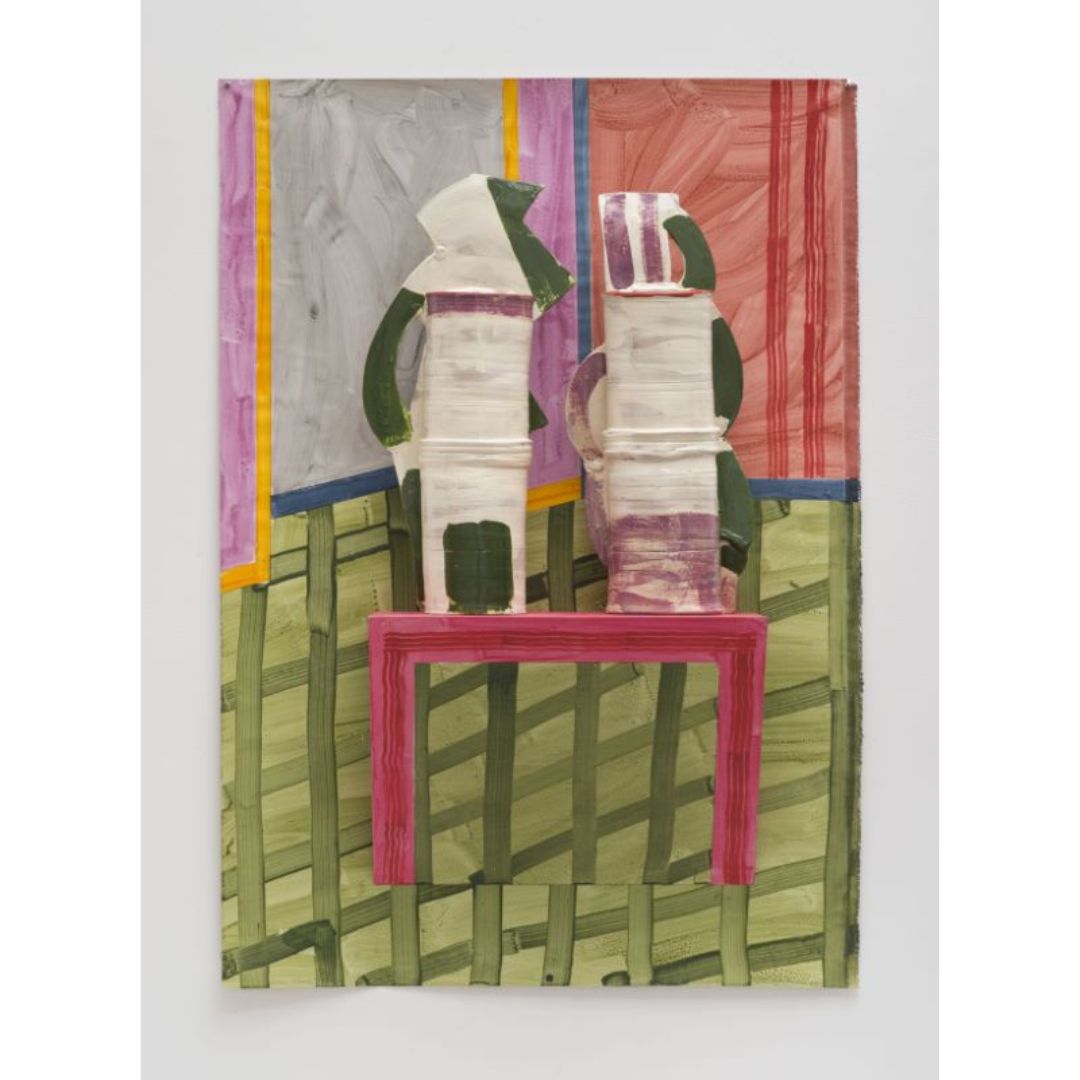
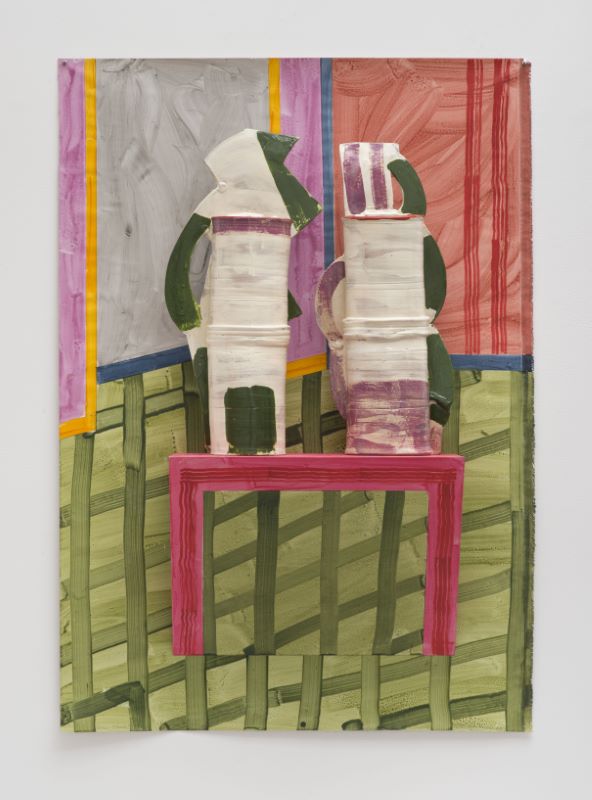
This solo presentation of wall-based works by Woodman focuses on the culminating phase of her 60-year career. The paintings on view--on canvas, ceramic, and paper--illuminate the artist's daring approach to materials and radical explorations of two- and three-dimensional form.
Read MoreWatch a video recording of the event "Amy Sherlock and Judith Tannenbaum on Betty Woodman" moderated by Kyle Dancewicz which took place on December 8, 2022 at SculptureCenter.
Read MorePublished in association with Woodman's 2022 exhibition at David Kordansky Gallery New York, this vibrant catalogue includes a new essay by Amy Sherlock, which, together with installation views and details of thirteen works from this formative period, enlarge an understanding of Woodman's process and practice.
Read More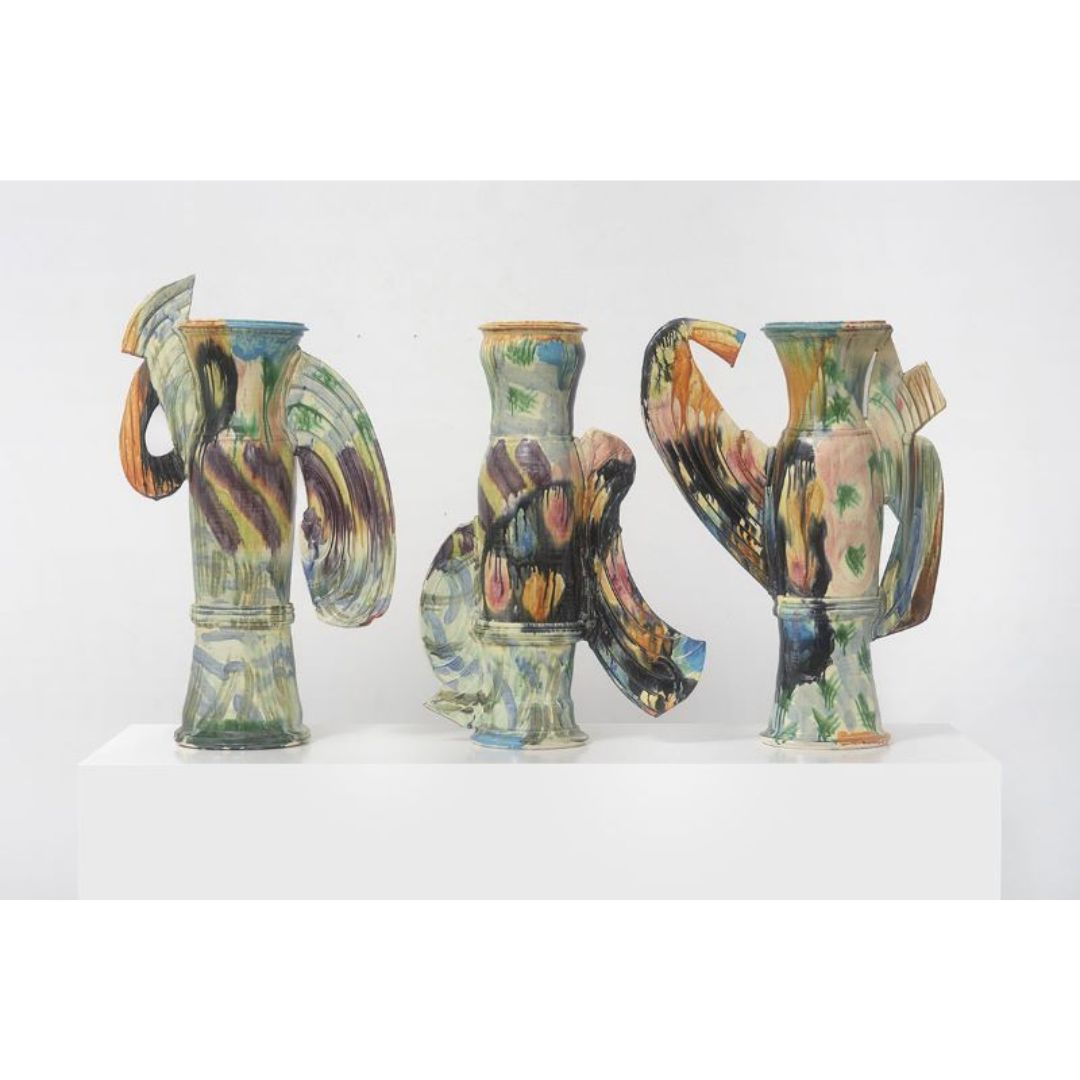

Betty Woodman in two upcoming exhibitions opening in July. "Distant Conversations: Ella Walker and Betty Woodman" at the Currier Museum of Art, Manchester, New Hampshire, and "20" at David Kordansky Gallery, Los Angeles.
Read More

Excerpt from the documentary “Betty Woodman: Thinking Out Loud,” 1991 © Charles Woodman.
Read More

Of this group of works from the 1990s, many not seen for decades, Johanna Fateman wrote in her recent review in The New Yorker: “As with everything on view in this wonderful show, the installation is so gestural and so fluid that it’s easy to forget that the ecstatic whole is composed of brittle parts.”
Read More

The Balustrade Relief Vases, which Betty Woodman began making in the 1990s, were a turning point in her work, in which she fully embraced the space and concerns of painting, through sculptural materials.
Read More
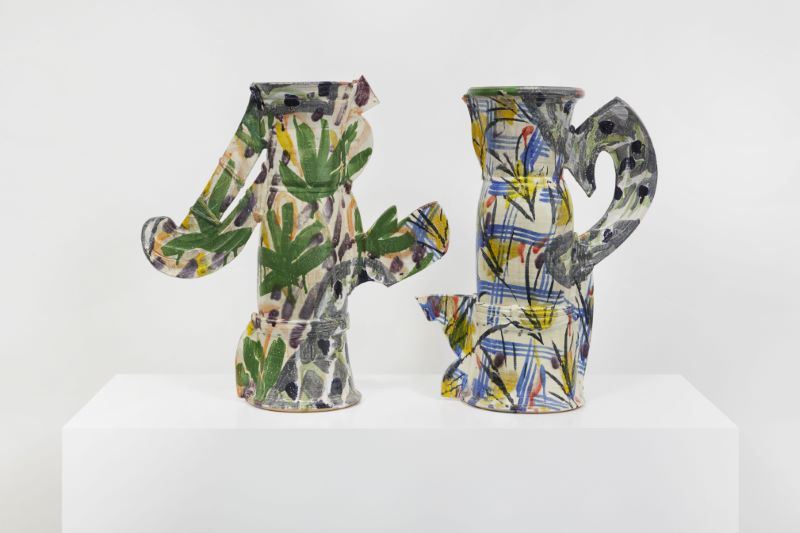
"The evolution of the Kimono Vases began with three-part vases, or triptychs. I thought about the movement from one piece to another; in and out of the negative and positive shapes so that it ultimately became one. The triptychs got bigger and the handles became flat, more abstract and complicated,” Betty Woodman wrote in 1991.
Read MorePlease join us at 7 PM on Thursday, December 8, 2022 at SculptureCenter for Amy Sherlock and Judith Tannenbaum on Betty Woodman, a conversation discussing the artist’s life and work during the 1990s, a crucial period in her career.
Read More

Betty Woodman began her career as a potter, inspired by a Bauhaus ethos to make beautiful objects for people to use in their daily lives. By 1980, when she and her husband George Woodman—a painter and photographer—purchased the New York City loft where they lived and worked for part of each year until the end of their lives, she had already begun moving away from the purely functional concerns of ceramics.
Read More
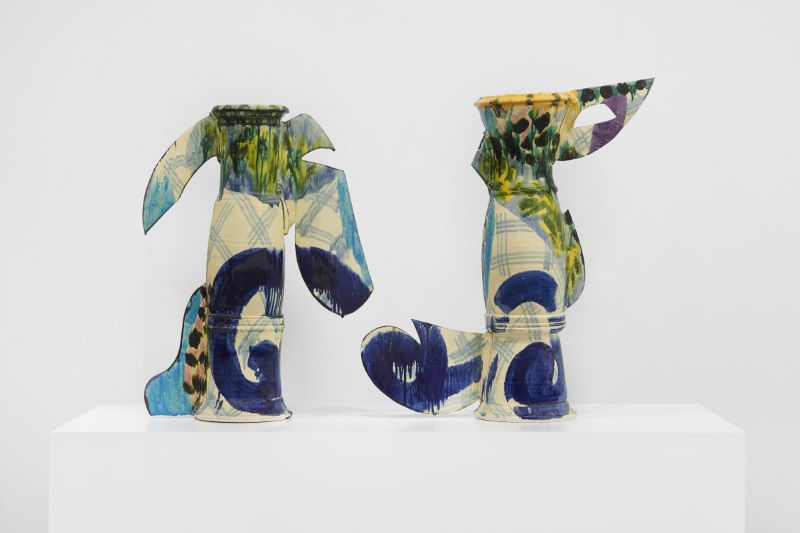
The 1990s was a career-defining period for Betty Woodman in which her work in ceramic declared itself as painting and sculpture through her radical formal innovations. This shift was affirmed by contemporary art critics, who increasingly discussed her work in relation to sculpture and painting of the day.
Read More

Betty Woodman’s touring exhibition which began at the Stedelijk in 1996 also included another major work: “House of the South” (1994-1996). Measuring more than 13 feet high by more than 20 feet wide, this ambitious frieze evolved from Woodman’s “Balustrade Relief Vase” series begun earlier in the decade, here incorporating multiple three-dimensional vases atop ceramic shelves, surrounded by flat ceramic relief elements implying architecture, plants and other vessels.
Read More

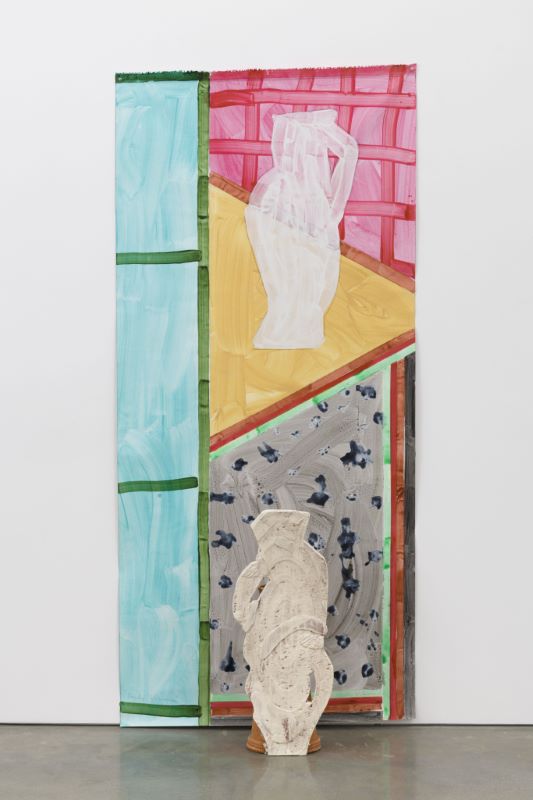





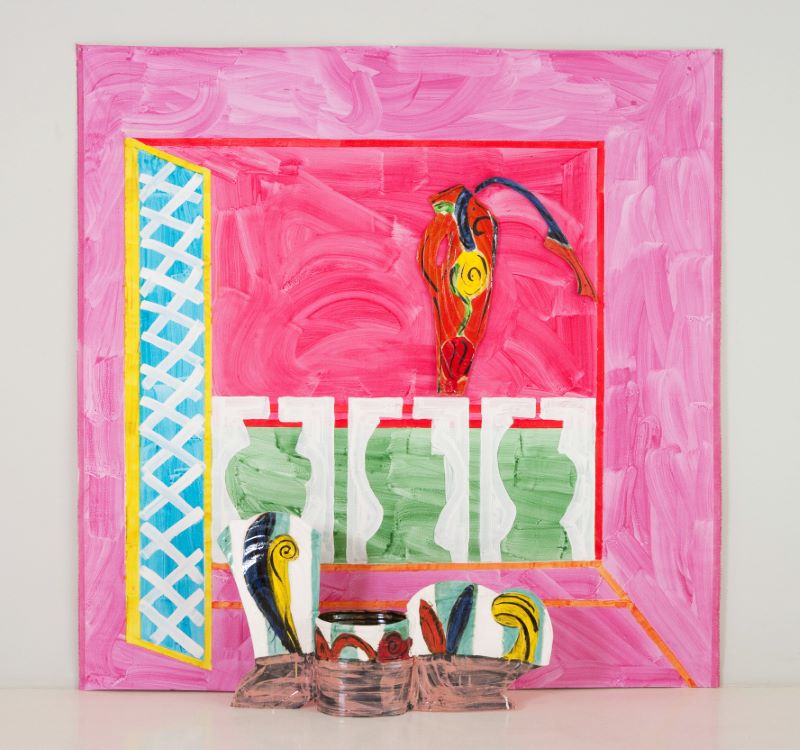






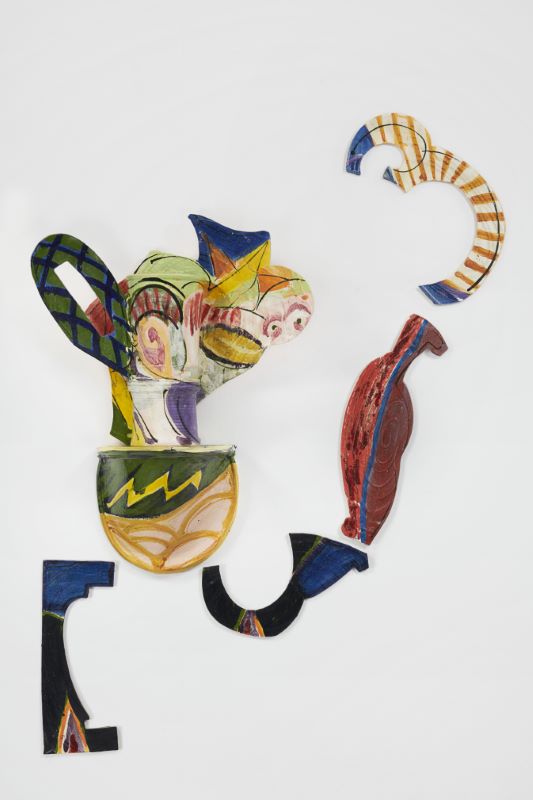
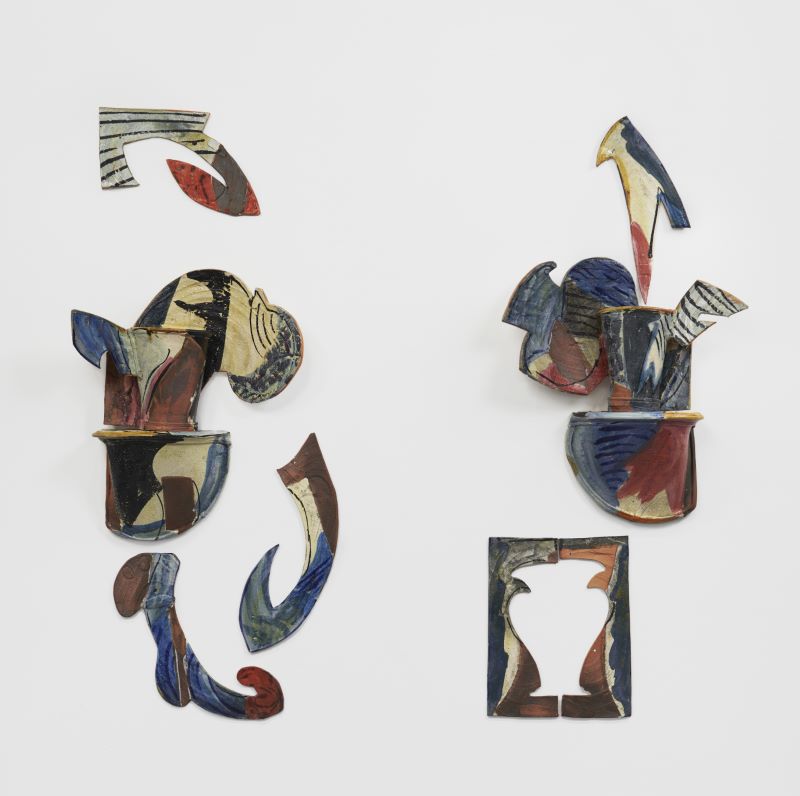






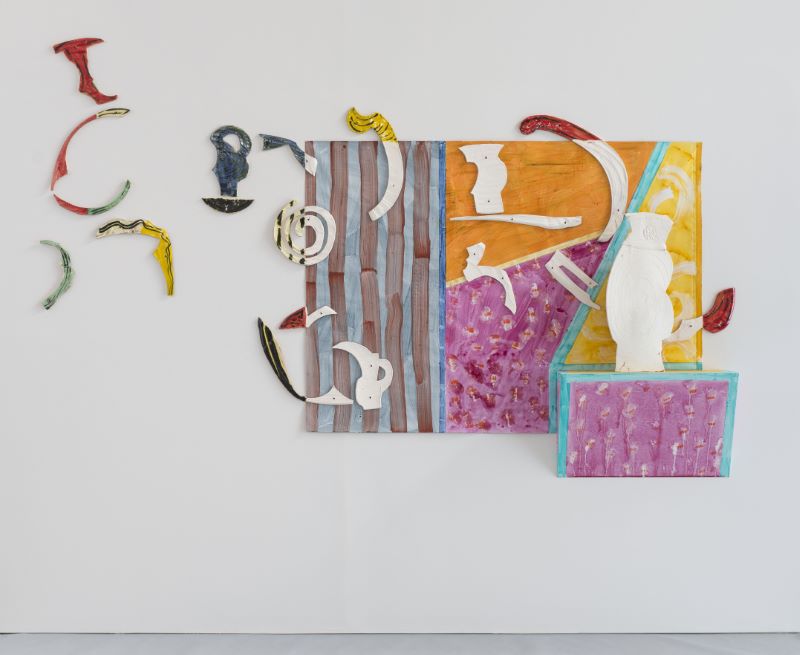


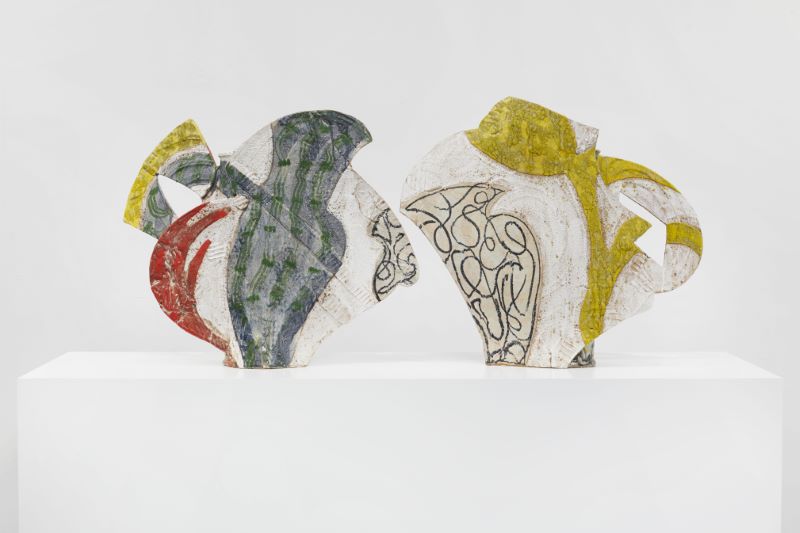


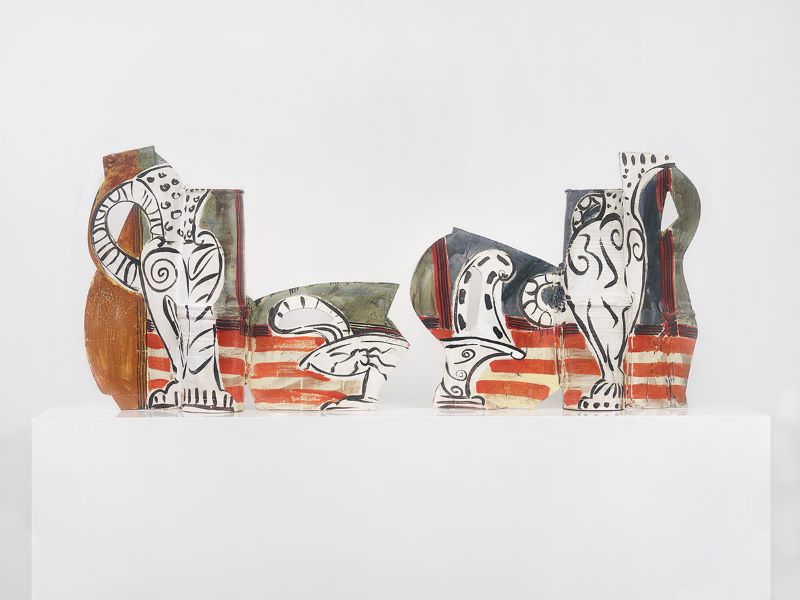
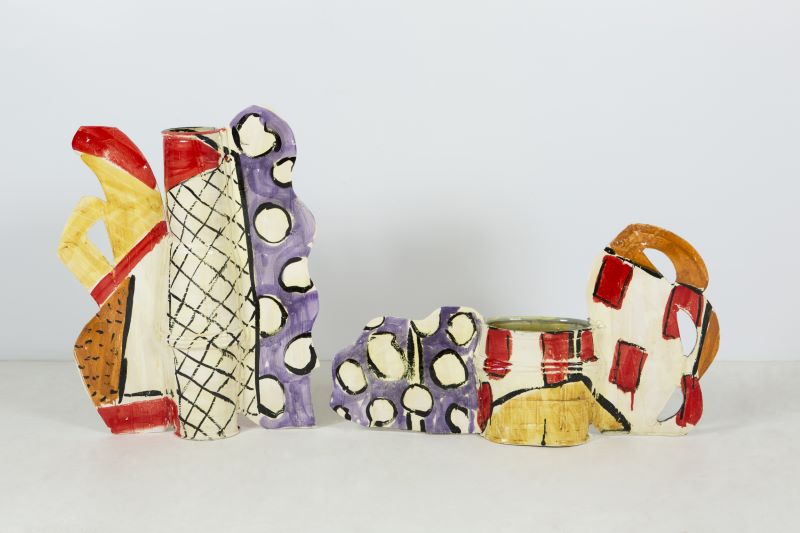

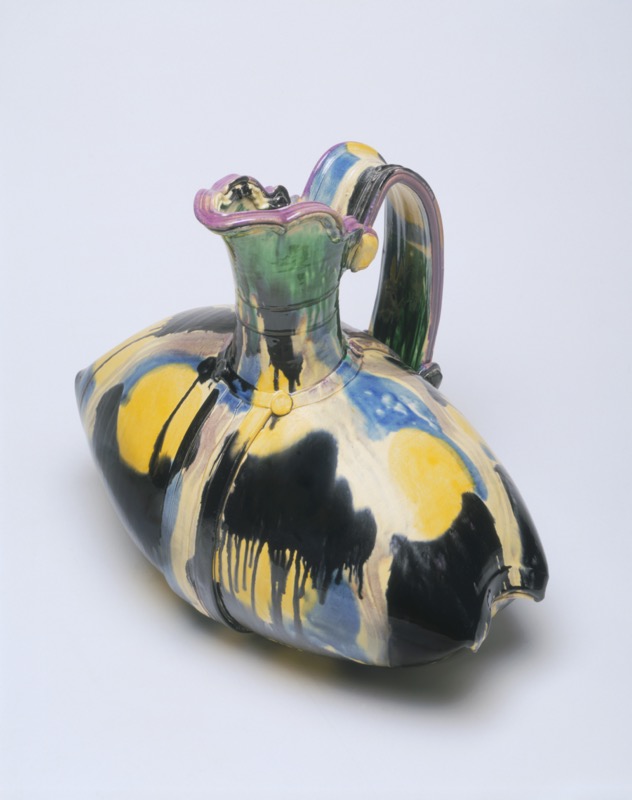


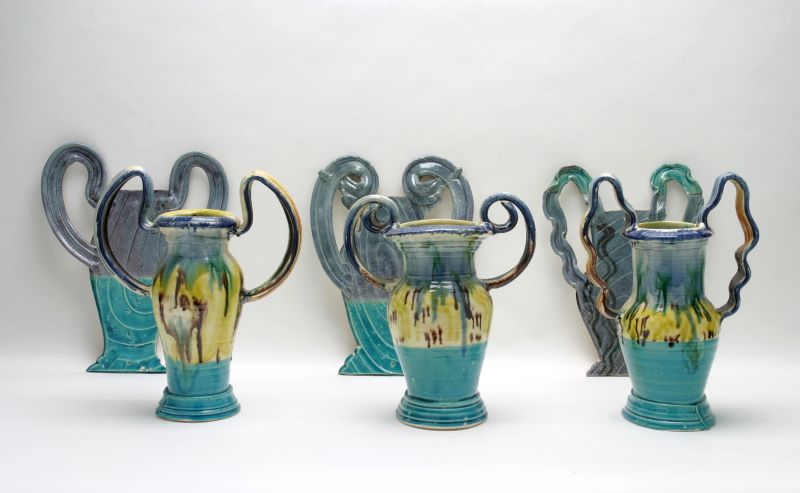











.jpg)